Invest Week Interview #11 Borbála Szalai
Borbála Szalai (1983) is a curator based in Budapest, Hungary. She graduated from the Eötvös Loránd University, Budapest – Department of Art History.
Since 2012 she has been working as a curator at Trafó Gallery, Budapest and she is also the editor of the Hungarian section of Artyčok.TV, an online platform for contemporary art. She is a member of the curatorial board of the OFF-Biennale Budapest and a member of the management board of Curators’ Network.
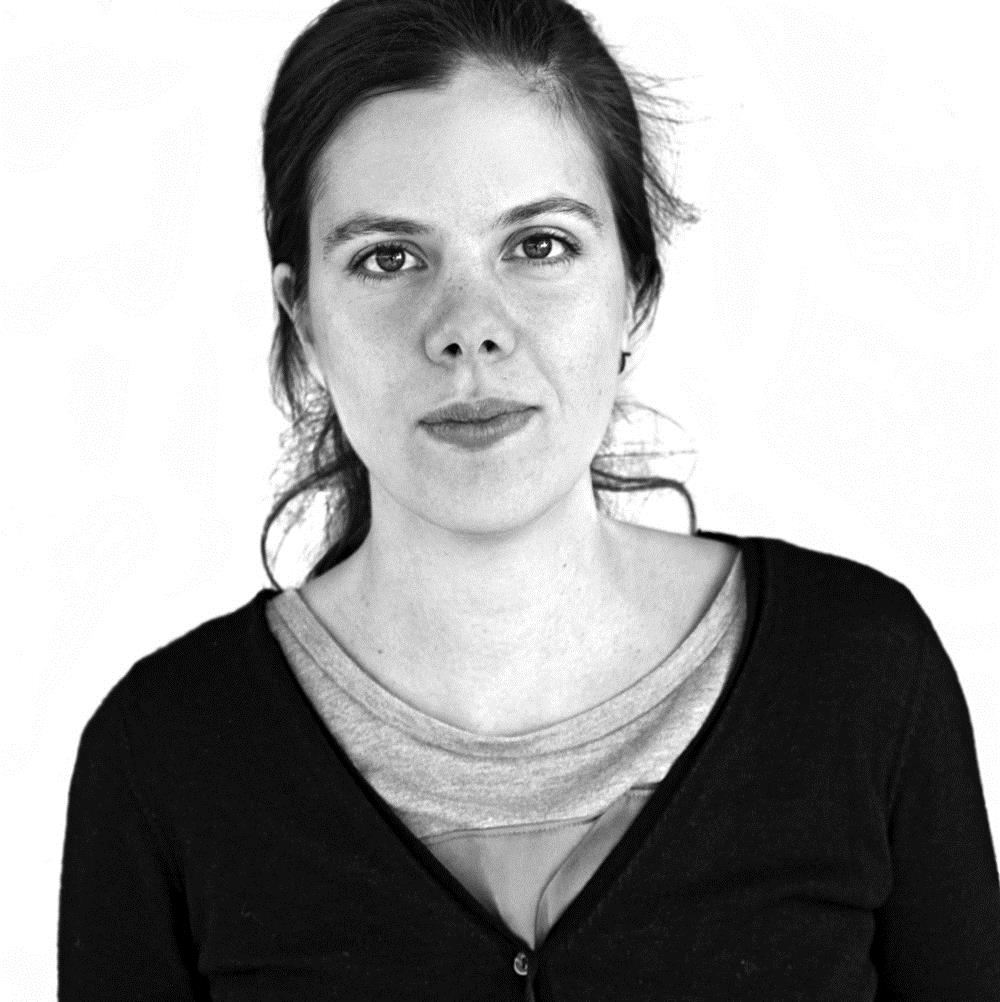
Could you give a description of the Hungarian art scene at this moment? What, according to you, are its main qualities and what could be improved?
‘It is an important and difficult moment for the Hungarian art scene. The institutional frame of contemporary art is in transformation, important exhibition spaces are closing down, losing their autonomy or changing their profile completely. Professional discussions are not part of the process of distribution of State money, positions or common properties.
‘The entire cultural sector and its budget are overseen by the Hungarian Academy of Arts, which became the major ruling public body in the field of culture after the government changed the constitution.
‘In connection to this the art-field is highly politicized. Every decision about financing a project or exhibiting it in a certain institution has a political value. It is a very difficult time, but there is also a great potential and strength in it.’
Finance and art are subject of a lot of discussion In the Netherlands as well. Do galleries in Hungary receive subsidies and if not, how do they solve this financial problem in order to stay afloat?
‘This is a very complex issue, the financing system and the amount of subsidies vary between institutions. Some institutions are well off, while other non-profit galleries really struggle to be able to continue their important work.
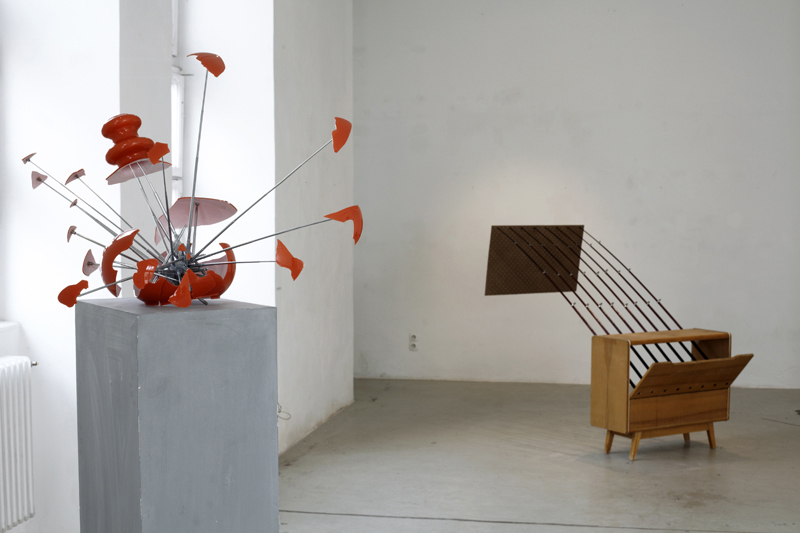
‘In general we can say that there was a tendency in the last years, that non-profit institutions got less and less support each year. This was a hard time. But now we have to face different problems as the public support for arts clearly follows a political agenda. For more than 25 years the Hungarian art-scene had been greatly depending on State resources. This situation has now been further complicated by political and moral questions.
‘As one example I could mention the OFF-Biennale Budapest, which had its first edition last year. The Biennale refuses any state support and aims to experiment with a new structural model, that can serve as a basis for a sustainable, independent and interdependent art scene.’
You work as a curator for the Trafó Gallery. Could you say from your own experience if there’s a difference in approach from Eastern-European artists and curators compared to Western-European artists and curators? And what ideas for Trafó Gallery are you working on at the moment?
‘I very much sympathize with the Serbian artist Mladen Stilinovic’s approach to this question.
‘He writes: “My observation and knowledge of Western art has lately led me to a conclusion that art cannot exists any more in the West. This is not to say that there isn’t any. Why cannot art exist any more in the West? The answer is simple. Artists in the West are not lazy. Artists from the East are lazy; whether they will stay lazy now when they are no longer Eastern artists, remains to be seen. … Artists in the West are not lazy and therefore are not artists but rather producers of something….. Their involvement with matters of no importance, such as production, promotion, gallery system, museum system, competition system (who is first), their preoccupation with objects, all that drives them away from laziness, from art. Just as money is paper, so is gallery a room. Artists from the East were lazy and poor because the entire system of insignificant factors did not exist. Therefore they had enough time to concentrate on art and laziness. Even when they did produce art, they knew it was in vain, it was nothing.”
‘Though a lot of things have changed since 1993, when Stilinovic wrote this text, ‘the system of insignificant factors’ – as he puts it – now does exist, but the feeling of insignificance and vainness is still there I think, which results in a certain kind of lightness, flexibility and sometimes irony in the artworks and in the working methods of the artists.
‘I am currently working on an international performance-lecture series, which is the continuation of a series I organised at the end of 2014 entitled THOUGHT SCULPTURE.’
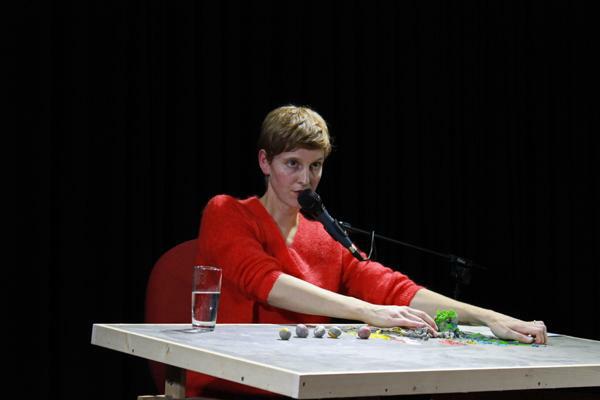
You already mentioned the experimental OFF-Biennale Budapest, ‘a voluntary collaborative initiative of artists, groups of artists, curators, art managers, gallerists and collectors.’ You are a member of its curatorial board. Since OFF-Biennale Budapest has neither organised and financed the projects, nor have they searched for locations, I wonder: was it hard to pull off?
‘One of the main aims of the first OFF-Biennale Budapest was to facilitate collaboration, self-organisation and proactivity within the Hungarian art scene. Our art-scene got used to the dependent relation with the State, to be able to move away from this, we had to start working in and with a completely different structure.
‘For this reason it was important that the participating curators and artists were responsible for every part of their projects, from finding support to the final realisation. OFF-Biennale was based on volunteer, pro-bono work of the participants and of the members of the curatorial or the management groups.
‘The outcome was far bigger than we initially expected; in more than 100 venues nearly 200 events were realized with the participation of more than 350 artists from 22 countries. It was a very important experience for the Hungarian art-scene in a period otherwise full with depression, deconstruction and disillusion.’
Could you briefly explain the nature and needs and local problems of the Hungarian art scene?
‘The Hungarian art-scene needs to learn how to stand on its own legs financially. We should be able to attract new financial resources (from the private sector too) and work out new working models.
‘It would also be important for Hungarian contemporary art to reach a wider public, to foster international visibility for Hungarian artists and to join and implement the international contemporary art discourse.’
You curated the show FATAL JUMP FROM A STOOL for Trafó Gallery. Theories want to ‘construct their own galaxy from nothing, and also want to model the ’nothing’, at the same time they want to observe how these universes fall apart’. How did this idea originate and could you give examples of how artists went along with the idea?
‘The exhibition was based on such personal artistic strategies, which were created from studio leftovers; bizarre, cynical and humorous concepts about a system that drives ‘everything’. The exhibited pieces worked as models or cognitive strategies. They wanted to understand or categorise the unthinkable, but they also forecasted their own failure.
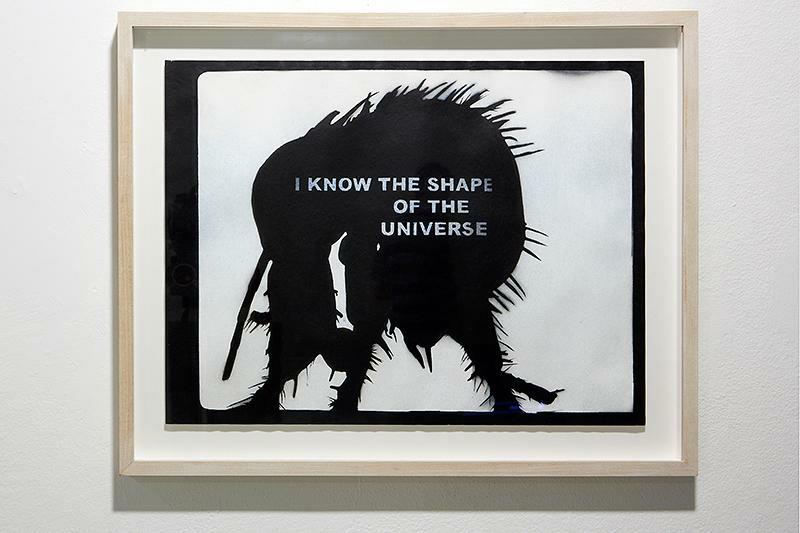
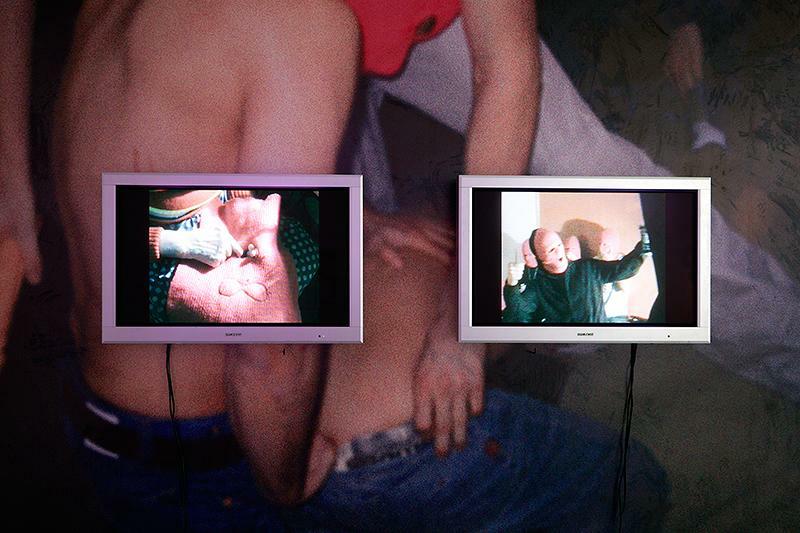
‘They had a paradoxical aim, and the main means they had for this was self-irony and doubt. For example the Egyptian artist Basim Magdy collected the ’13 Essential Rules for Understanding the World’. A humorous and at the same time delusive and seemingly hopeless video. His practical rules are extremely disappointing and disenchanting, they don’t trust in anything, nor anyone.
‘Magdy’s other video entitled ‘Turtles All The Way Down’ deals with the registers of the permanently expanding universe, which are simply incomprehensible to humans. The video shows experiments and scientific theories, which aim to understand the incomprehensible, and which of course are constantly disproved and overwritten by the next new thesis.
‘While for example in Tomáš Moravec’s (CZ) video-installation ‘Surveying Points’ the whole cosmos collapses. The uncertain construction in the gallery space is a kind of inverse telescope, which studies a seemingly endless galaxy built from construction materials.’
‘What kind of fashion elements or accessories are tied to power’ is the main question in THE EMPEROR'S NEW APPAREL. Could you describe how some of the works played with this theme?
‘For example Péter Szalay’s (HU) ‘Change of Duty’ is a pair of used military boots. From time to time one boot scuffles, and this small movement changes the atmosphere of the work; it suddenly turns into something aggressive, frightening and oppressive.
‘Or I can also mention Karol Radziszewski’s (PL) video work ‘Fag Fighters’, which over-identifies with the stereotypes of the conservative discourse and converts it into an uncanny realistic fantasy of an anarchist, destructive organization; a fictive gay guerilla group.
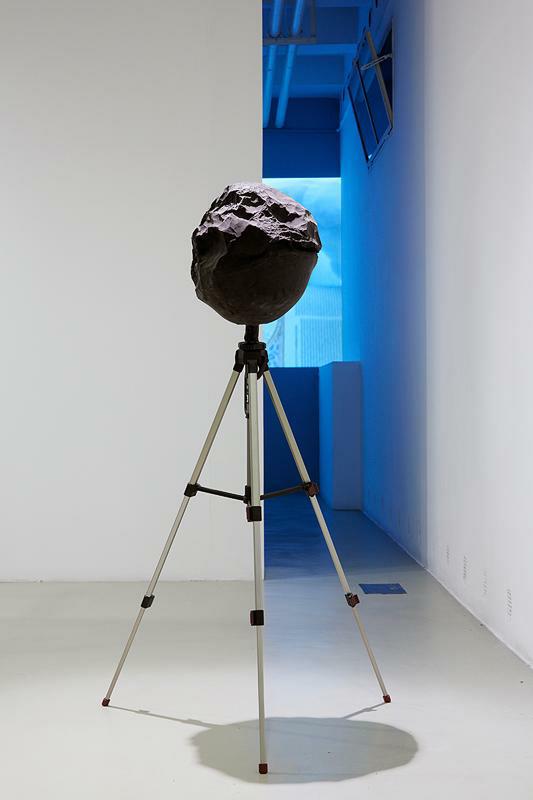
‘In one of the videos we can follow the brutal and aggressive actions of the group, who have been pushed to the margins of mainstream society. Meanwhile, in the other video we can see how the artist’s grandmother knits the pink masks which are the group’s trademark.
‘A different approach was visible in the installation ‘Patterns of Aura’ by the Romanian art collective Apparatus 22, which was a fictitious fashion show, where the only things which were missing were the clothes and the models presenting them.
‘The empty catwalk hosted an invisible collection, which was presented by a narrator. During the narration some unwritten rules of the world of fashion are discussed together with ethical questions of this particular scene.’
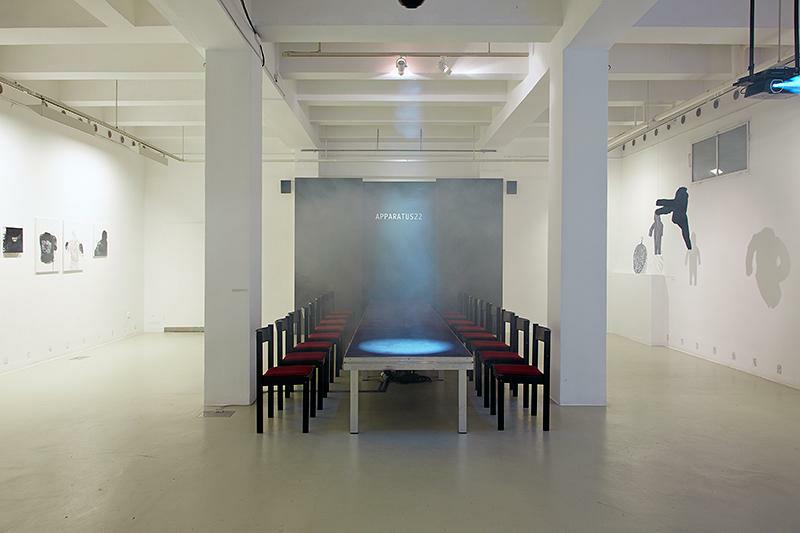
I have been to Budapest a couple of times and I liked how easily parties were organised, with a lot of room for improvisation and spontaneity. Is this normal for the art scene in Budapest?
‘There is a certain kind of spontaneity and lightness in the Hungarian art scene. The context in which we are working often requires improvisation, collaboration and creativity. The creativity of substitution and the ability to build something up out of nothing.’
In aanloop naar de aanstaande Invest Week in juni presenteert Jegens & Tevens in samenwerking met Stroom Den Haag een reeks persoonlijke portretten. Meer informatie over de Invest Week is te vinden via www.stroom.nl.